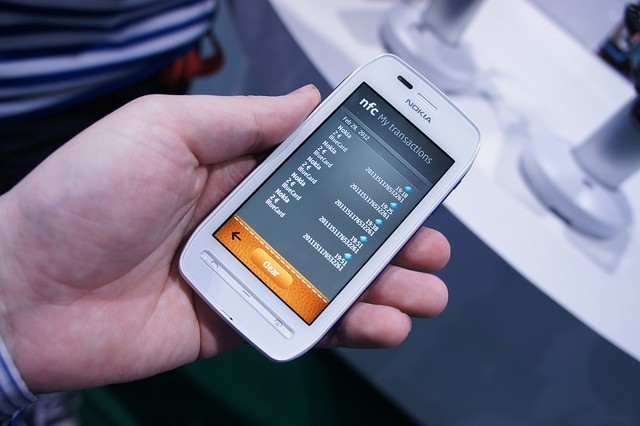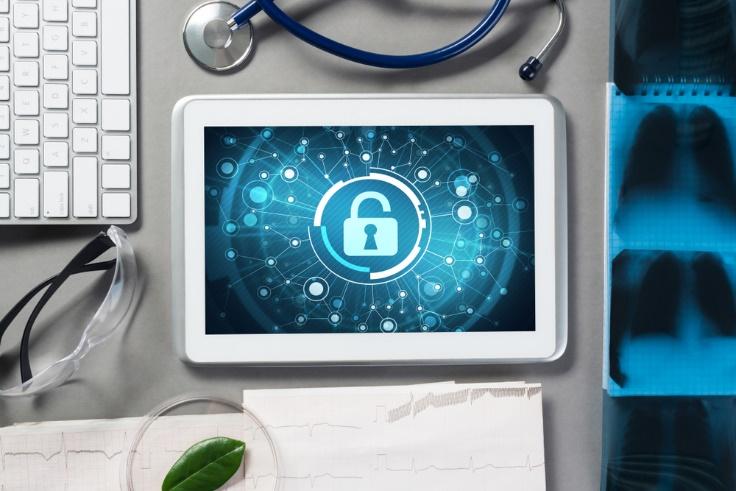
On average, hospitals collect less than 65 cents for every patient-dollar owed. Many hospitals have massive “doubtful accounts,” or accounts that are unlikely to ever produce a dime, amounting to hundreds of millions of dollars. Only a small percentage of these unpaid accounts ever go to collections — the rest are written off as losses.
If hospitals are to continue existing, they must make more money than they spend. Unfortunately, the rising cost of healthcare is not helping hospitals recover those losses; if anything, it is convincing more and more patients to ignore their bills. While there are plenty of problems within the American healthcare system, there is one solution that hospitals can apply today: semi-integrated payments.
What Are Semi-Integrated Payments?
To explain semi-integrated payments, first we must explore the traditional payment environment in use by most businesses today. When a customer — or, in our case, a patient — must make a payment using a credit or debit card, the amount due is generated by the electronic cash register and sent to the payment terminal. When the customer swipes or dips their card, the terminal collects important payment information used to authenticate the purchase; this data includes the card number, the card expiration date, the cardholder’s billing address, the card security code, and the payment amount.
The data is sent back into the cash register and then on through the merchant’s controllers or switches in the back office. The office forwards the information to a transaction processor, which performs a complicated check and double-check to authorize the payment: sending and receiving information to and from the acquiring bank, the issuing bank, and the credit card network. If the data is accurate and funds are available, the processor sends a positive response to the cash register, which completes the transaction.
In semi-integrated payments, the elements are the same, but the steps are mercifully simplified. Instead of allowing the data to pass through every portal on its way in and out, a semi-integrated environment puts payment data on the fast-track from the terminal to the processor — and, once authorization is complete, from the processor back to the terminal. It’s fast, it’s easy, and it’s typically better for everyone involved.
Are They Better for Hospitals? 
There are several ways hospitals benefit from a semi-integrated payment environment. First and foremost, semi-integration dramatically improves a payment system’s security. Because data does not stop and go from several locations, it is much more difficult for hackers to find and steal the sensitive information they want. In fact, semi-integrated payments eliminate data at the most vulnerable point in the system, the electronic cash register, so if cybercriminals make it there, they’ll be at a complete loss. Further, semi-integrated solutions are more compatible with point-to-point encryption than traditional solutions are, which adds another layer of defense against attack and theft.
Because semi-integrated environments are more secure, they reduce a hospital’s likelihood of suffering a PCI audit. To accept credit or debit card payments, merchants (including hospitals) must be compliant with the Payment Card Industry Data Security Standard (PCI DSS), which outlines how, why, and where payment information can be handled. When that data passes through fewer portals, the scope of PCI is significantly lower, meaning a hospital can devote fewer resources to ensuring compliance.
Finally, semi-integrated payment systems lend hospitals greater control over their patient data. Patients and healthcare providers should be more concerned than ever about the privacy of their data. Considering that hospitals are becoming prime targets for cybercrime — as evidenced by the successful WannaCry attack on the U.K.’s NHS — the more separation between sensitive information and breach-able systems, the better. Plus, semi-integration is more agile than traditional models, so hospitals can further adapt their point-of-sale systems as technology develops.
Are They Better for Patients?
In truth, most patients won’t notice the shift from traditional integrated payments to semi-integrated payments. For them, the process is nearly identical: swipe/dip card, sign receipt. The more perceptive patients might recognize some healthcare providers are able to process payments exceedingly swiftly while others hold onto their payment information for long minutes at a time. Undoubtedly, the faster a patient can get out of the hospital, the better, so even if patients don’t recognize the shift from traditional to semi-integrated environments, they will appreciate the improved service.
